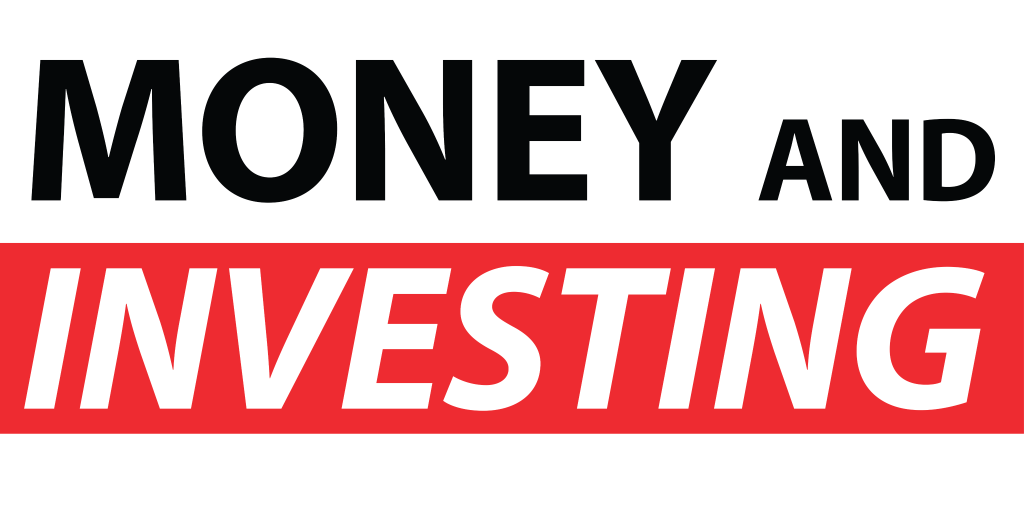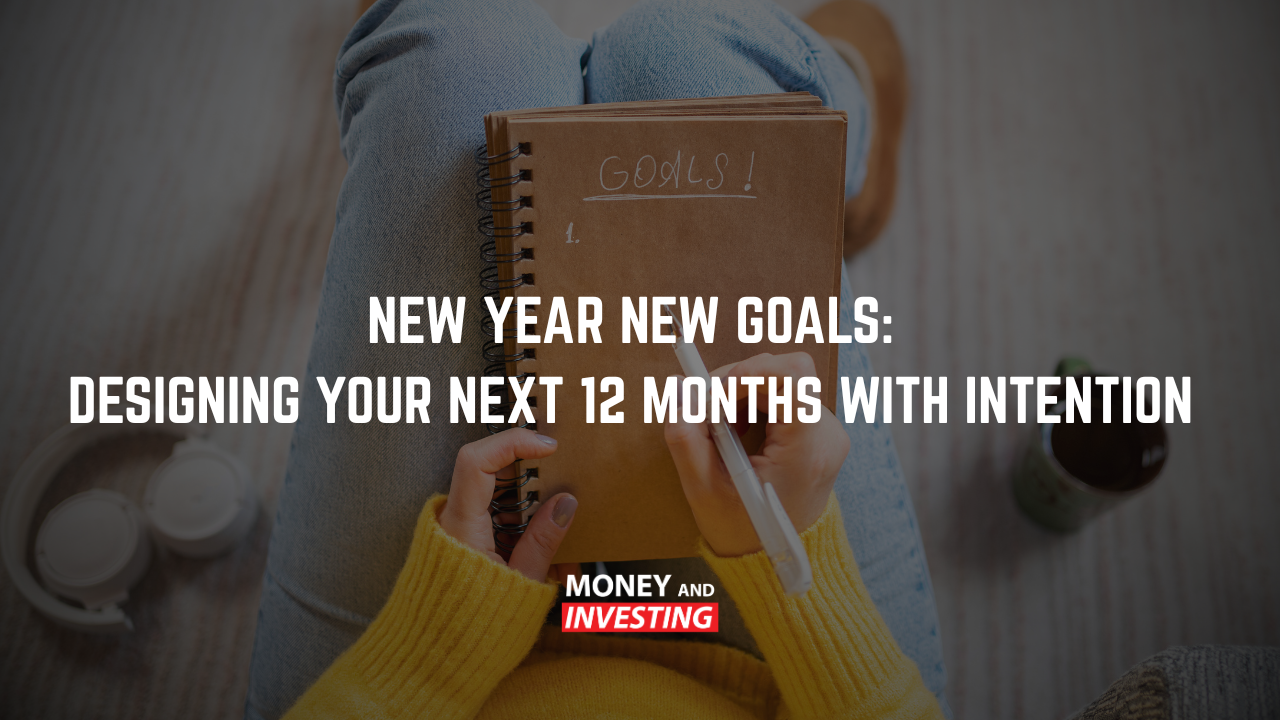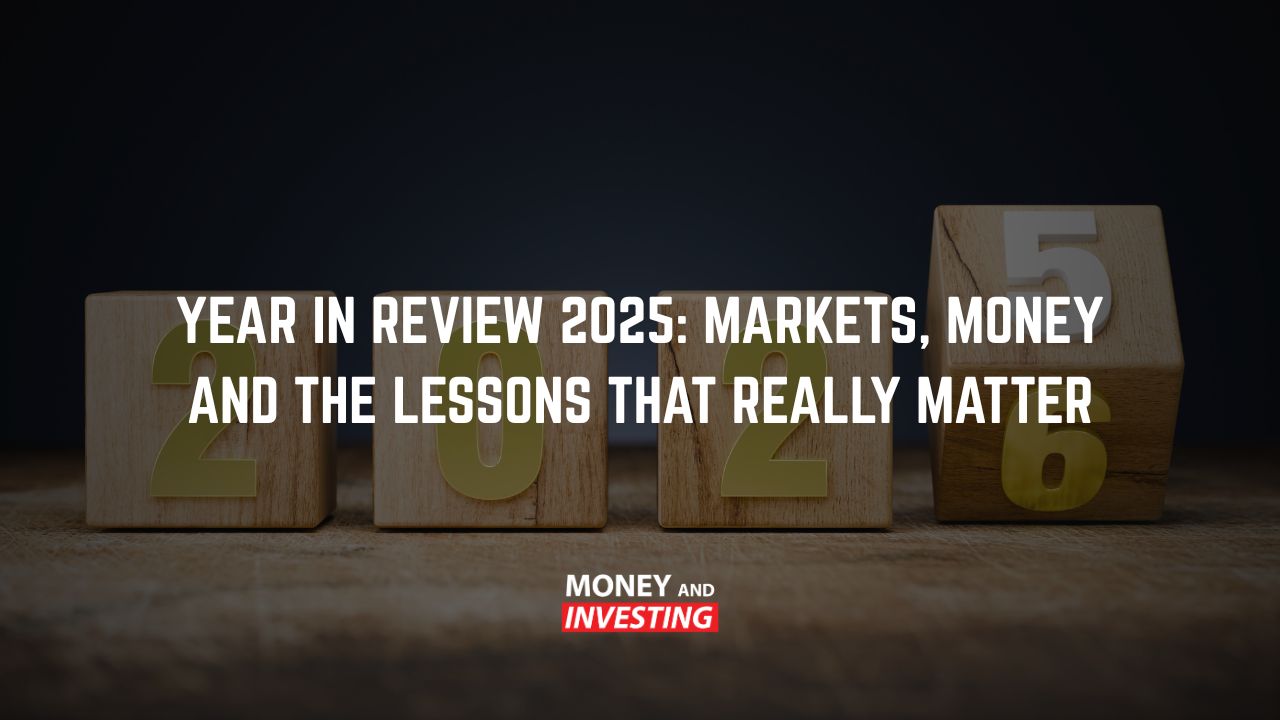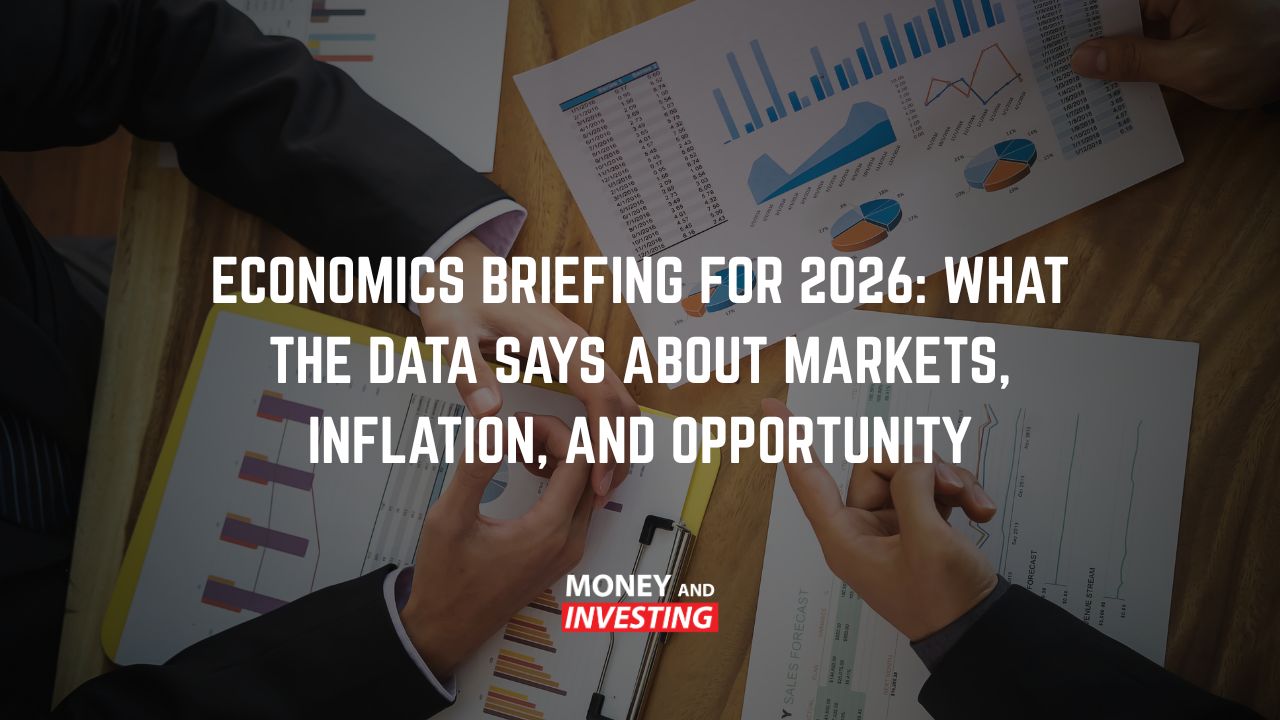The term ‘stagflation’ is hopefully one you’ll only ever hear once or twice in your lifetime. As it seldom occurs in our economy and really isn’t good news. Right now, our economy has a one-way ticket to stagflation and here’s why:
What is Stagflation?
As the name would suggest, stagflation occurs when your economy starts to stagnate. This typically will include slowing economic growth, rising inflation. And rising unemployment. Also, just to name a few. Host Andrew Baxter says that is exactly what you don’t want for a healthy economy. And rather, you want growing economic activity and inflation under control to maintain strength.
For example, here in Australia, our CPI figure of 3.8% last month. And has already surpassed the target mandate amount. Additionally, to set by the RBA (which is supposed to be between 2-3%) meaning the inflation cat is already out of the bag. Also, not to mention our slowing economic growth. And as per the most recent GDP figures indicating. Furthermore, that we could be entering a period of economic stagflation. The same is true for the US economy too having similar data.
The Challenge with Stagflation
Once you enter a period of stagflation in an economy. And, it becomes very difficult to get out of. Moreover. If we think back to the 1970’s where equity valuations were low and interest rates high (the opposite is true for us today). The inflation ran hard, and economic growth slowed substantially. Also, the net effect was ridiculously high energy prices. And no employment nor wage growth.
This meant that everyday goods like fuelling up your car or your air-conditioning cost. As a fortune for consumers who had no increase in their weekly paycheck whatsoever. Of course, this is going to affect retail and discretionary spending when money becomes tight. And as well as consumer and business confidence – creating the ultimate situation of economic pain and misery. Host Andrew Baxter says that with currently inflated energy prices in natural gas and oil. The situation from the 70’s and the situation now is starting to look scarily similar.
Not All Price Rises are the Same
Inflationary pressures in our current record low interest rate environment are a real threat. However, it’s important to understand where that’s actually coming from. Host Andrew Baxtersays there are two types of inflationar sources. Also the cost push inflation and cost pull inflation. Despite the net effect on the consumer resulting to be the exact same. Cost pull or demand-pull inflation causes prices to rise due to increased demand. Whereby the consumers are wanting more of something in a strong economic environment. And pushing prices higher by suppliers.
As an example, this would be the case currently for the Australian property market. On the other hand, cost push inflation occurs when the cost of building or manufacturing a particular good rises. Therefore, passed onto the consumer. Right now, we’re in a cost push situation as the cost of building materials. And raw materials, energy prices. And freight costs (just to name a few) are now being passed onto us as the consumers. The problem with a cost push price rise . Also, you’re not getting the economic growth (like you would in a pull situation) to absorb that. Clearly, that’s going to cause some headaches.
Why Interest Rates are so Important
The Reserve Bank of Australia (RBA) has one job here in Australia – set interest rates to control inflation. That’s it. Right now, the RBA has already gone against their mandate given they’ve failed to raise interest rates despite growing inflationary pressures. The sad thing is – this has left Australia behind the rest of the world. Countries in similar situations have already started raising interest rates to curb inflation. The New Zealand, Poland, the Czech Republic, Peru and more.
The RBA here in Australia have unusually set a date of 2024 before they plan on raising interest rates. And giving inflation another 3 or so years to keep running hot if it wants too. Andrew Baxter argues that this is almost negligent on behalf of the RBA as you can’t make decisions based on a calendar date. And you have to make them based on data and evidence. Right now, we’re boxed in until 2024. Furthermore, unless they make an early adjustment before then. Also, which would no doubt rustle. The feathers of those who have borrowed on the promise of cheap money for the next few years.
Taking the 2-3 Year View
Clearly – there are some red flags here in our current economic environment. With interest rates at record lows. And there is no incentive to be holding cash at the bank and so the question arises. Also, where do you park your money for the next 2-3 years? Professional trader of 27 years. And Andrew Baxter, says he’ll be looking to play pretty hard in the energy sector. In times of stagflation, energy prices (and therefore energy stocks) are typically really quite hard. Moreover, posing a potentially lucrative investment opportunity.
Additionally, dialling back and being smart with your exposure. To grow stocks is also a piece of advice from Baxter. And if growth in the economy slows, the first to bear the brunt of that is your high-growth stocks. And playing some defense. Also, makes sense in grocers and utilities companies also. And to learn why reach out to Australian Investment Education for more.



